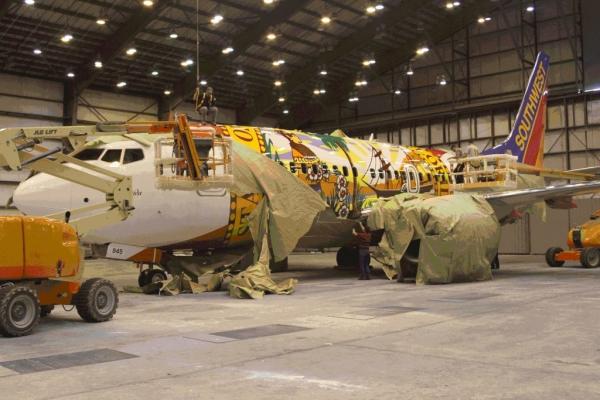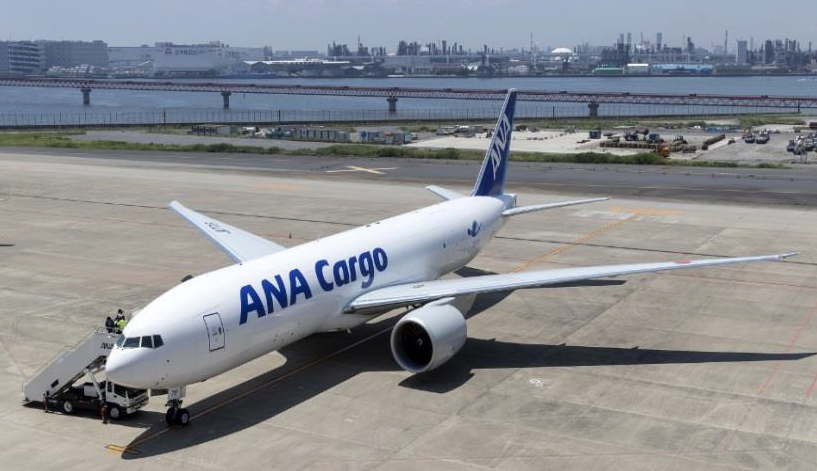In a boost for the A220 programme acquired by Airbus from Bombardier last year, Air France-KLM's board approved 30 options and 30 purchase rights in addition to the firm orders worth an estimated $5.5 billion at 2018 list prices. Airbus no longer publishes prices. The order was first reported by French daily La Tribune.
The company said the 150-seater A220 would "improve Air France's environmental footprint" as it gradually replaces its older A318 and A319 models at the smaller end of its fleet, starting in 2021.
Air France-KLM will also drop the A380 superjumbo entirely by the following year, the company said, adding that the current competitive environment "limits the markets on which the A380 can be operated profitably". Air France had previous disclosed plans to retire three of its 10 superjumbos.
The move comes five months after Airbus announced it was scrapping production of the world's largest airliner in response to lacklustre sales.
With two decks of spacious cabins and room for 544 people in standard layout, the A380 was designed to challenge Boeing's legendary 747 but failed to take hold as airlines backed a new generation of smaller, more nimble jets.
Air France-KLM will "examine the possible options for the replacement of these planes with new-generation aircraft now available on the market," the company said.
Following the A380's demise, Airbus's arch-rival Boeing is hoping its new twin-aisle 777X jet may scoop up more orders as it prepares to enter service next year.
(Laurence Frost - Reuters)






